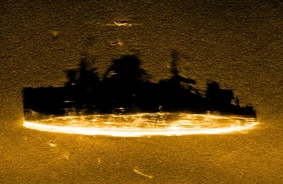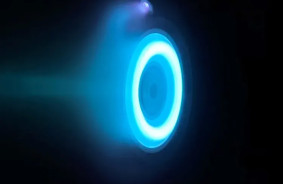NASA's Perseverance rover, currently operating in a new region called Bright Angel, has found further evidence of potential past water presence in the Jezero Crater.
Bright Angel is scientifically interesting as it is believed to be part of a former watercourse that once flowed into the Jezero Crater. It is filled with non-standard light rocks, the structure of which hints at the past location on the riverbed, and now Perseverance has given scientists the opportunity to examine them up close.
The path to the region was challenging for the rover, given the large field of boulders—thus operators had to search for detours, which somewhat complicated the mission and extended it by several weeks.
"We started going through the channel at the end of January and made some good progress, but then the boulders became larger and more numerous," said Evan Grazer, deputy chief of route planning for Perseverance at NASA's Jet Propulsion Laboratory. "While we used to traverse over a hundred meters on a Martian day, it dropped to just tens of meters afterward."
Eventually, when Perseverance reached the rocks, geologists were able to examine them to confirm their assumptions—some had a strange uneven surface and light color, leading them to be called "popcorn rocks" (such a structure, according to scientists, indicates a water flow).
There are also many ridges in the region resembling mineral veins, hinting at mineral deposits on the rocks during the transport of a potential water flow.
Next, NASA scientists will try to determine what minerals the rocks contain using the SuperCam instrument on Perseverance. The mission to return samples to Earth will likely include these results as well.
Perseverance landed on Mars in February 2021, touching down in the Jezero Crater with the goal of searching for signs of ancient microbial life on the planet and collecting samples of the Martian environment. The rover is currently carrying 17 Red Planet rock samples, with duplicates left in a special storage located in the Three Forks region in case of unforeseen circumstances. In February 2023, the rover dropped its tenth test tube.
This year, NASA announced that it is exploring alternative methods for returning samples to Earth and has planned a dozen studies, in which 7 companies, including SpaceX, will participate. Participants are expected to improve the current plan or propose a completely new one.
Source: NASA, ScienceAlert














Comments (0)
There are no comments for now